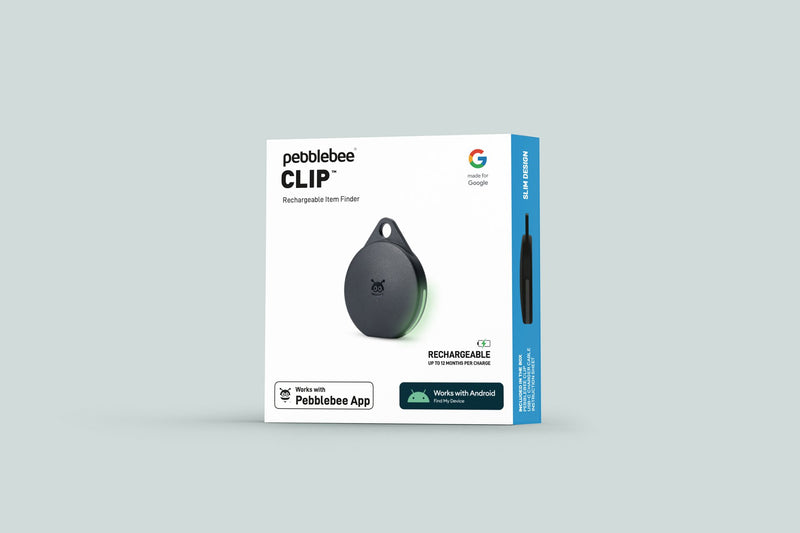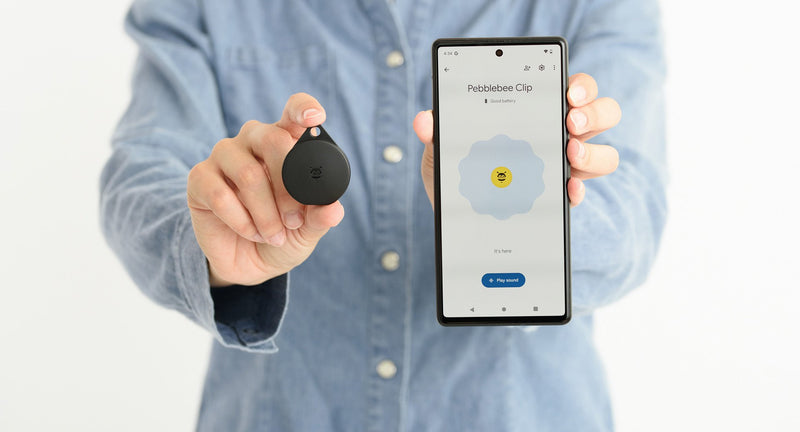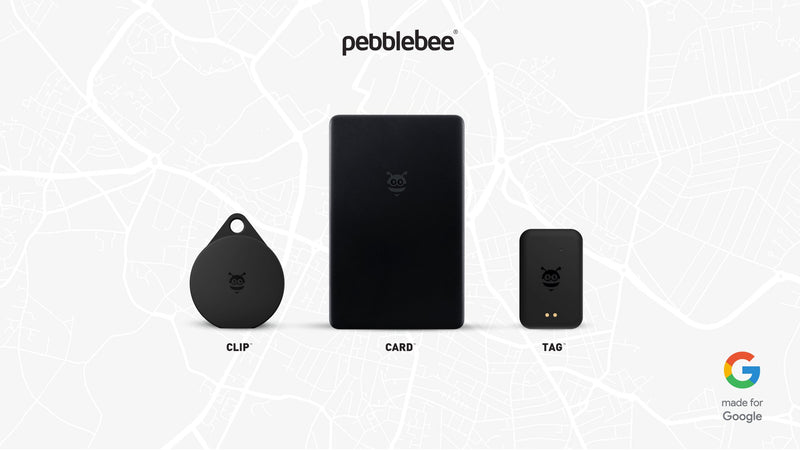Daypack Packing: What To Bring and Keeping Everything Accounted For

If you're a leisure traveler, a big part of your itinerary likely involves exploring the places you visit. To do so with ease, without the need to repack and move hotels, you need to master the art of daypack packing.
Rather than haul all your luggage with you everywhere you go, daypack packing allows you to only carry what you're going to need for the day. While it adds to the convenience and enjoyment of your day trip, you need to ensure that you pack everything you'll need.
If you're not sure what should go into your backpack, keep reading. This article will explore the top strategies for effective and efficient daypack packing.
Daypack Must-Haves: Essentials for Your Adventure
Although there are items that you'll only need for specific adventures, there are some accessories you'll need regardless of whether it's a business trip or you're exploring your local town. So, don't leave your accommodation without these essentials:
- A hydration buddy: Pack a bottle of water to keep you refreshed throughout the day
- Snack attack: Fuel your adventure with your favorite on-the-go snacks
- Weather warriors: Be prepared for unexpected changes with a versatile item of warm clothing, a hat, and sunglasses
- Sunscreen shield: Protect your skin from those unexpected sunny rays
- Rain-ready: Carry a compact rain jacket or umbrella for sudden downpours
- Essentials wallet: Bring your passport, spare cash, and a small notepad with a pen
- Capture the moment: Don't forget your camera or use your phone for memorable snapshots
- Headache helper: Tuck away some paracetamol, just in case
Travel tip: A wallet tracker can help you find your essentials should you lose them
Choosing the Ideal Daypack
A key part of successful daypack packing is having the right backpack. From the purpose of the trip to the duration, there are various factors you should consider.
However, the following general rule will guide you: If you're traveling alone or only carrying your items, an 18-24-liter capacity daypack will give you the perfect balance of space and portability. On the other hand, if you're shouldering the responsibility of carrying items for kids, especially for little ones with jackets and snacks in tow, opt for a roomier 24-liter daypack.
In addition, look for a daypack featuring one or two separate top or front pockets-ideal for stashing small essentials like car keys, sunglasses, or a compact camera. For added convenience when it comes to items such as water bottles, insect repellent, or sunblock, pick one with mesh side pockets.
Some advanced packs even come equipped with zippered hip belt pockets, offering quick access to your trail-time snacks.
Pack Strategically
Even with a suitable daypack, you won't get the most out of it if you do not know how to pack efficiently. The first step for this is knowing where each item should go. Considering there's no universal packing rule, you'll need to discover an arrangement that will best serve your needs.
Begin by laying out your gear at home and experimenting with different loading routines until you find your sweet spot. Use a daypack checklist to note what worked so that you don't start from scratch next time.
As you explore arrangements, a great strategy to use is breaking down your daypack into three essential zones and incorporating peripheral storage:
- Bottom Zone: Ideal for bulky gear and items reserved for camp
- Core Zone: Perfect for denser, heavier essentials
- Top Zone: Reserved for bulkier items needed during your trail exploration
- Accessory Pockets: Convenient for urgently or frequently needed essentials
- Tool Loops and Lash-On Points: Accommodate oversized or lengthy items
Beyond getting everything into the daypack, you also want to achieve even weight distribution. Otherwise, your hiking trip can easily leave you with back pain and unnecessary muscle strains.
Ensure Efficient Access
At some point during your day trip, you'll have to use everything you pack. Therefore, your packing arrangement should account for how often you'll use items and the ease of access you'll need.
For instance, exterior pockets are your go-to for on-the-fly essentials. Stash your map, sunblock, mosquito repellent, and sunglasses within arm's reach.
Internally, prioritize frequently needed items by placing them on top, ensuring quick retrieval, especially essentials like a windproof jacket. For a packed lunch, keep it lower down as you'll likely need to access it once, and you'll have to be settled.
Adjusting Your Daypack for the Perfect Fit
Achieving comfort on your day trip begins with customizing your daypack's fit. Most packs offer two to four adjustable straps, ensuring optimal comfort tailored to your body. Initially, position the waist belt on your hipbones, securing it snugly.
Buckle the chest strap, ensuring the shoulder straps neither slide outward nor dig into your collarbone. Then, pull the shoulder straps under your arms, striking a balance between snug and comfortable.
For packs with load-lifter straps, tighten them to bring the upper part closer to your back. Stabilizer straps, if present, should be tightened to snugly anchor the pack's bottom against your hips. These adjustments ensure a personalized and comfortable fit.
Leverage Daypack Packing Strategies to Enhance Your Adventures
As you explore the great outdoors or city streets of Milan, the last thing you need is excessive luggage weighing you down. Daypack packing offers you a convenient way to explore with only the things you need.
Now that you've mastered the art of daypack packing, prepare yourself with an extra layer of safety. Pebblebee equips you with quality products to keep your belongings safe. Visit the shop to find the right picks for your next adventure.






